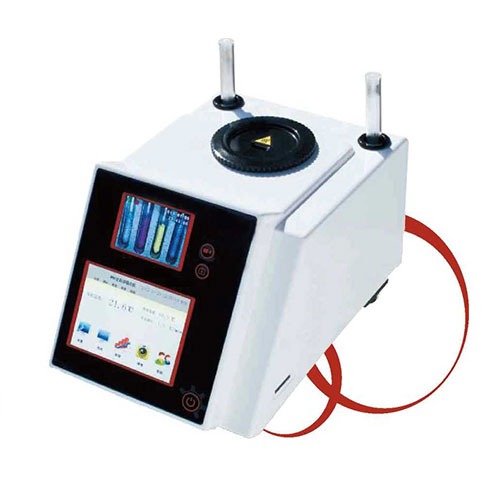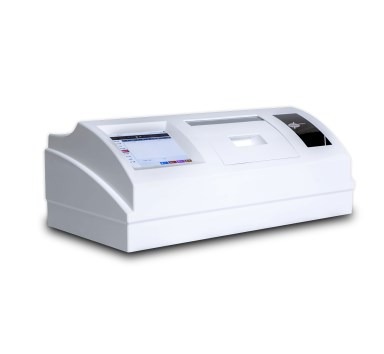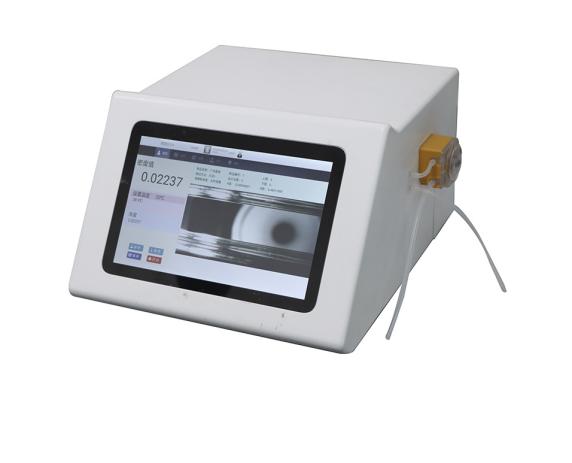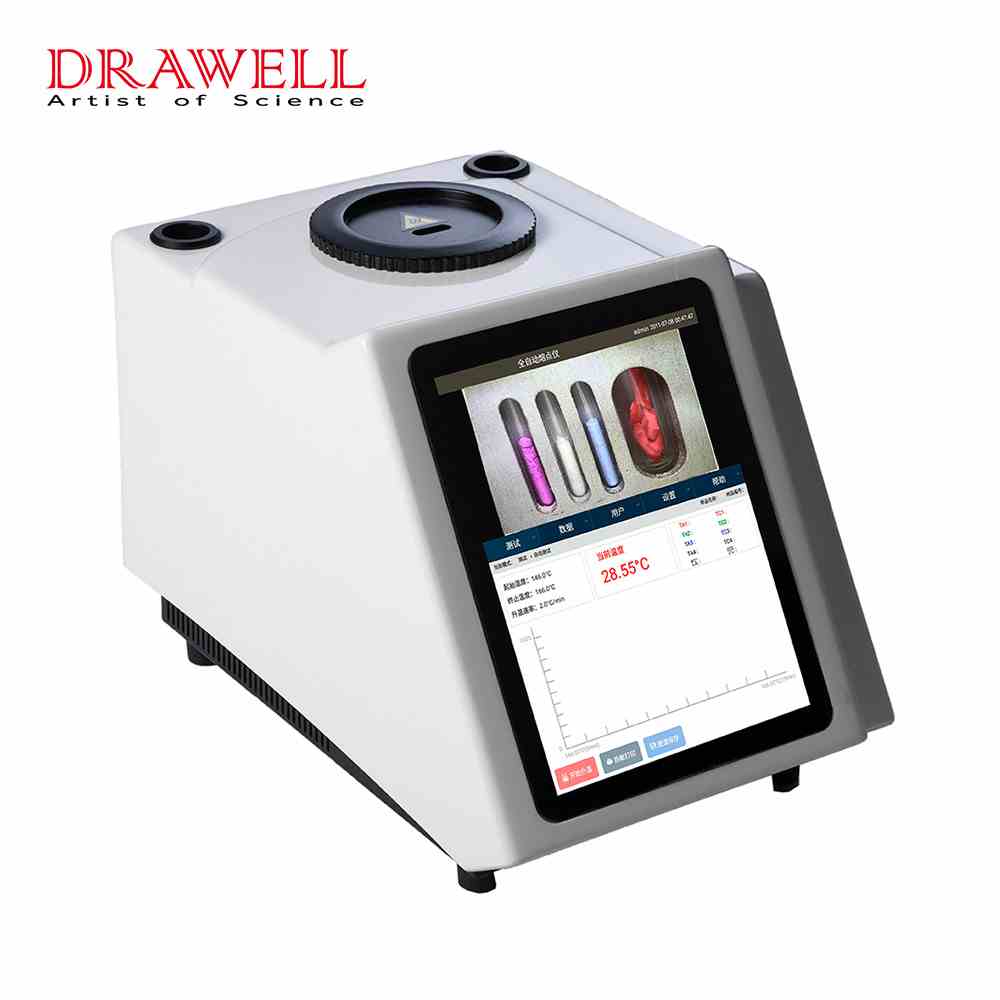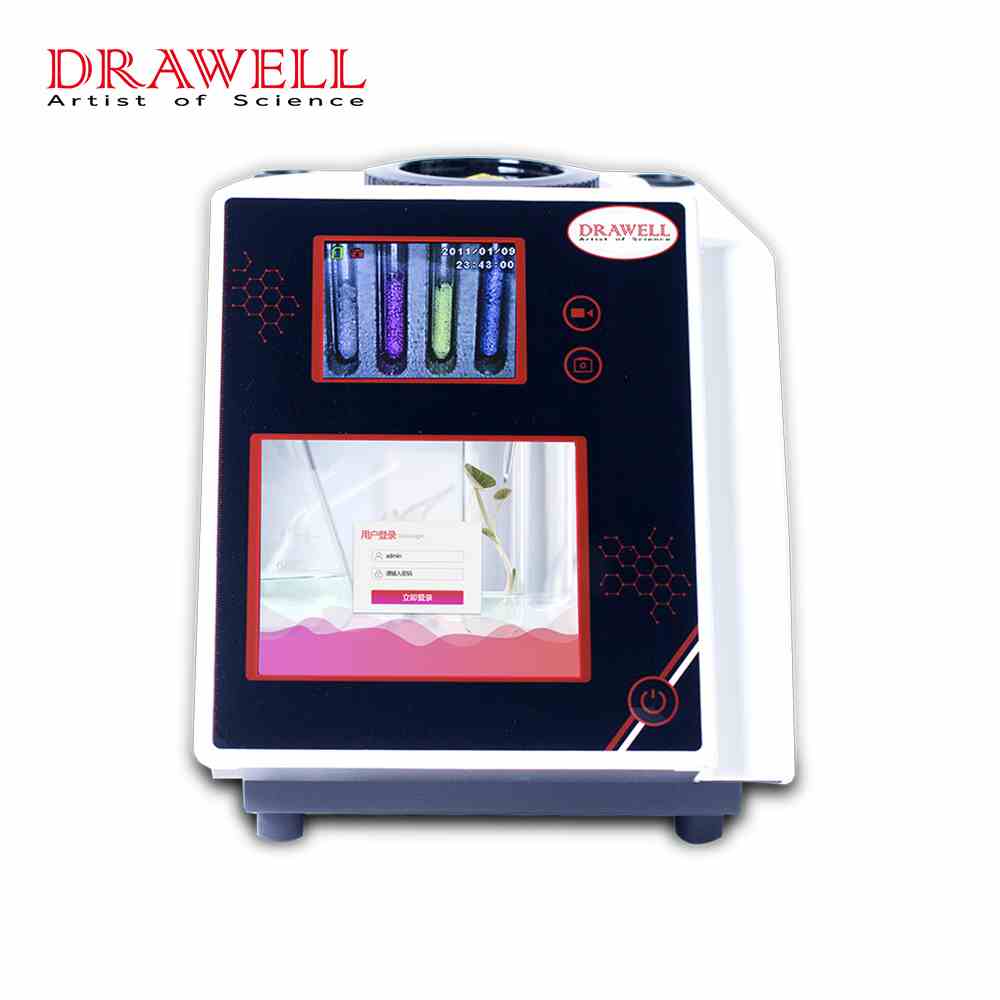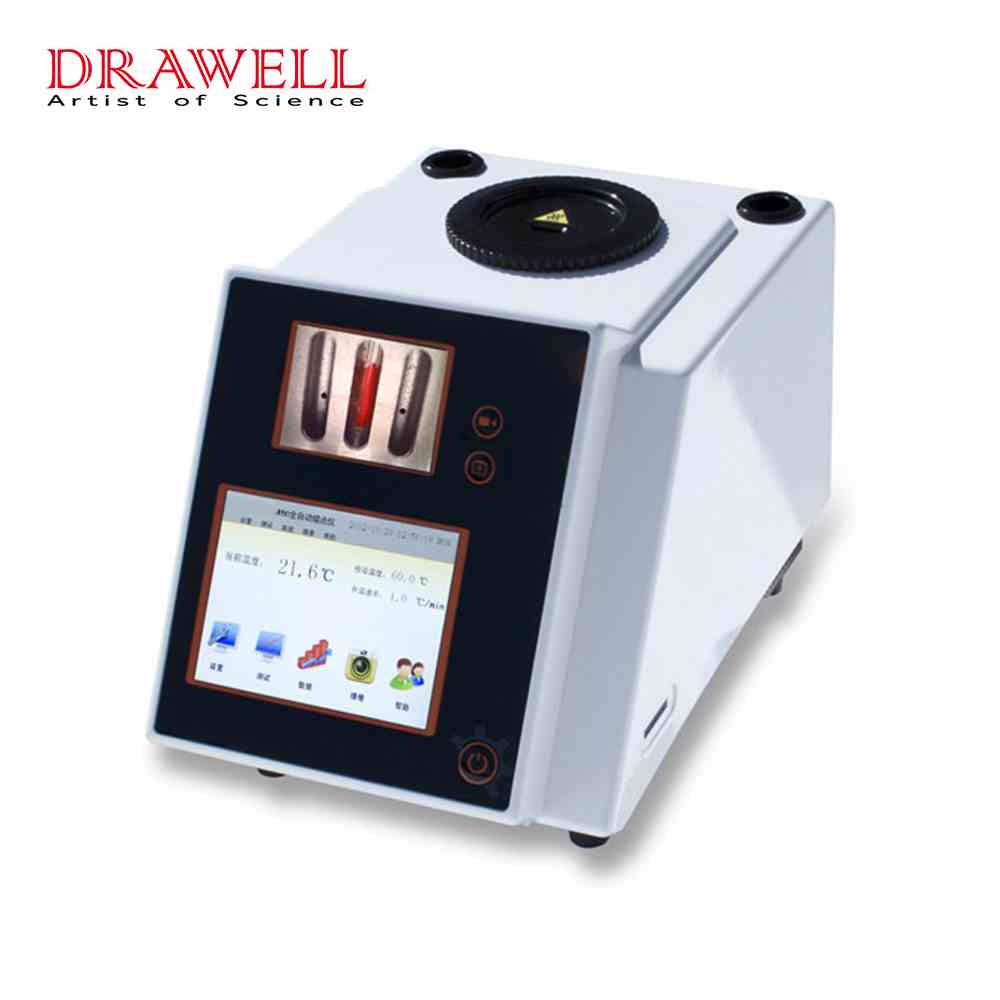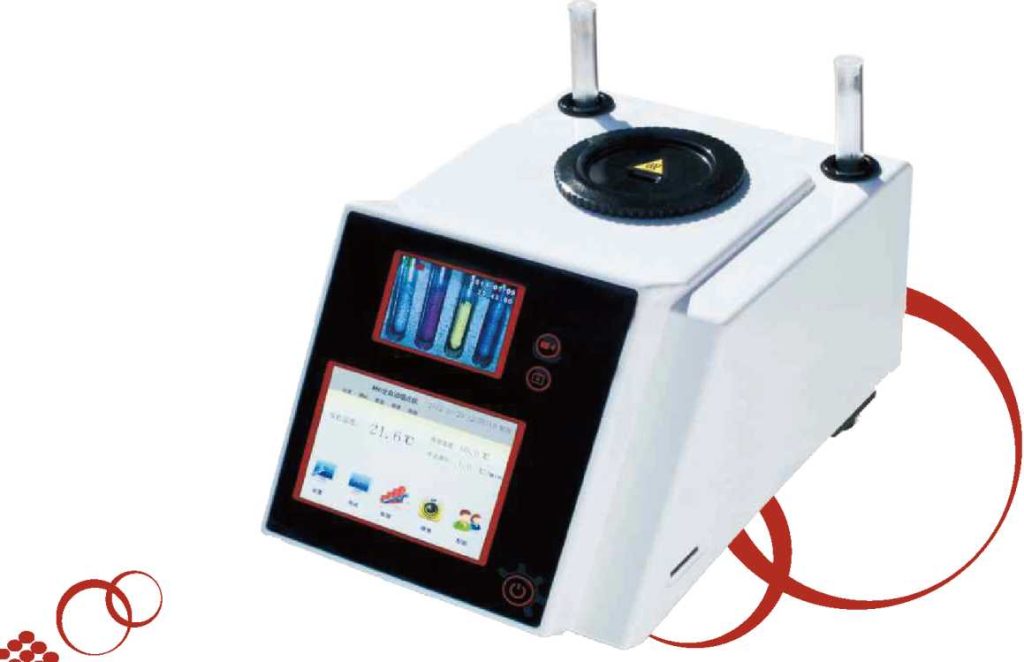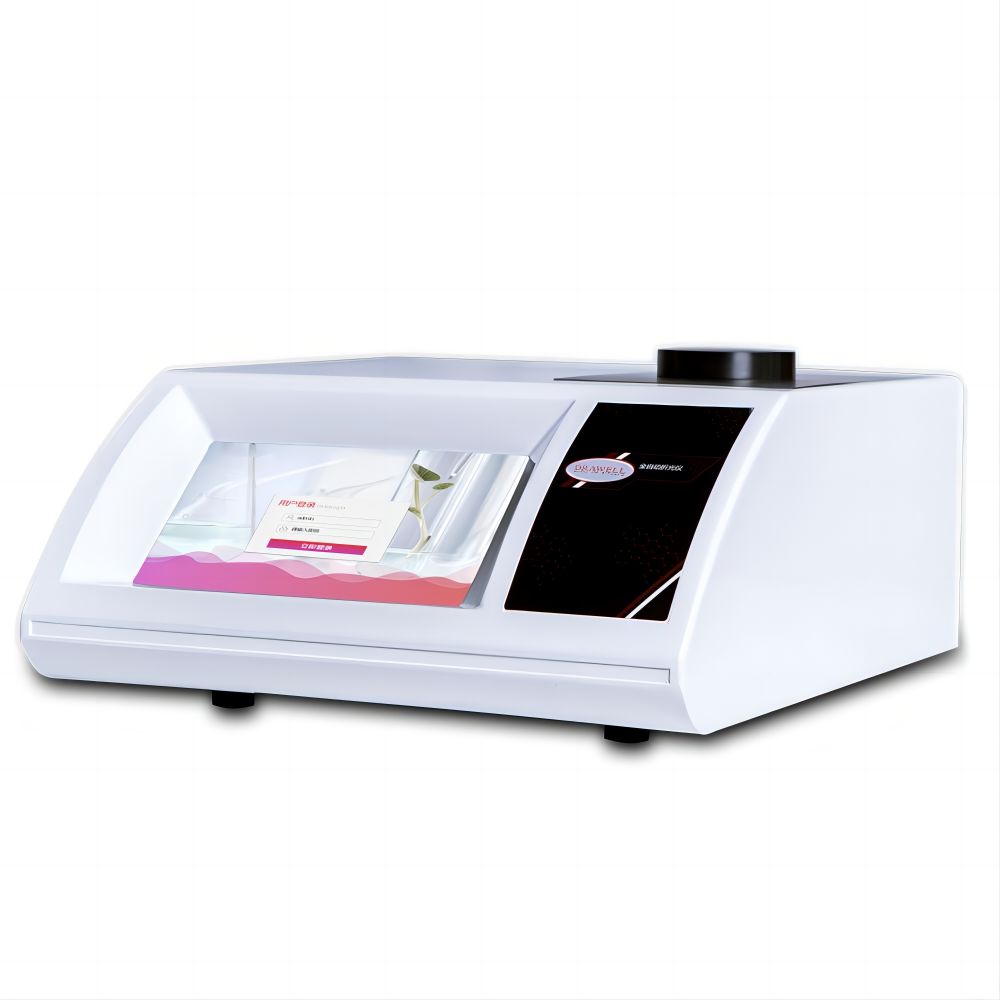An automatic polarimeter is a sophisticated analytical instrument used in various fields, including chemistry, pharmaceuticals, and food science, to measure the optical rotation of substances. By analyzing the interaction between polarized light and chiral compounds, automatic polarimeters provide valuable insights into the concentration, purity, and specific rotation of these substances. In this article, we will delve into the working principle of an automatic polarimeter, exploring the key components and processes involved in this fascinating instrument.

Polarized Light Principles of Automatic Polarimeters
To understand the working principle of an automatic polarimeter, we must first grasp the fundamental concepts of polarized light. Light, in its natural form, consists of electromagnetic waves oscillating in all directions. However, through a polarizer, we can convert unpolarized light into polarized light, which oscillates in a single plane. This polarized light possesses unique properties and interacts with certain substances, especially chiral compounds, in intriguing ways.
Chiral compounds are molecules that exhibit asymmetry in their three-dimensional structure, meaning they cannot be superimposed on their mirror images. Due to this asymmetry, chiral compounds have the ability to rotate the plane of polarization of polarized light as it passes through them. This phenomenon, known as optical rotation, is a crucial aspect measured by automatic polarimeters.
Components of Automatic Polarimeters
An automatic polarimeter consists of several key components that work together to facilitate accurate optical rotation measurements. These components include a light source, polarizer, sample cell, analyzer, and photodetector. The light source emits monochromatic light, typically at a wavelength of 589 nm, while the polarizer converts the light into linearly polarized light. The sample cell holds the substance being analyzed, allowing it to interact with the polarized light. The analyzer selectively transmits light oscillating in a specific plane, and the photodetector measures the intensity of the transmitted light.
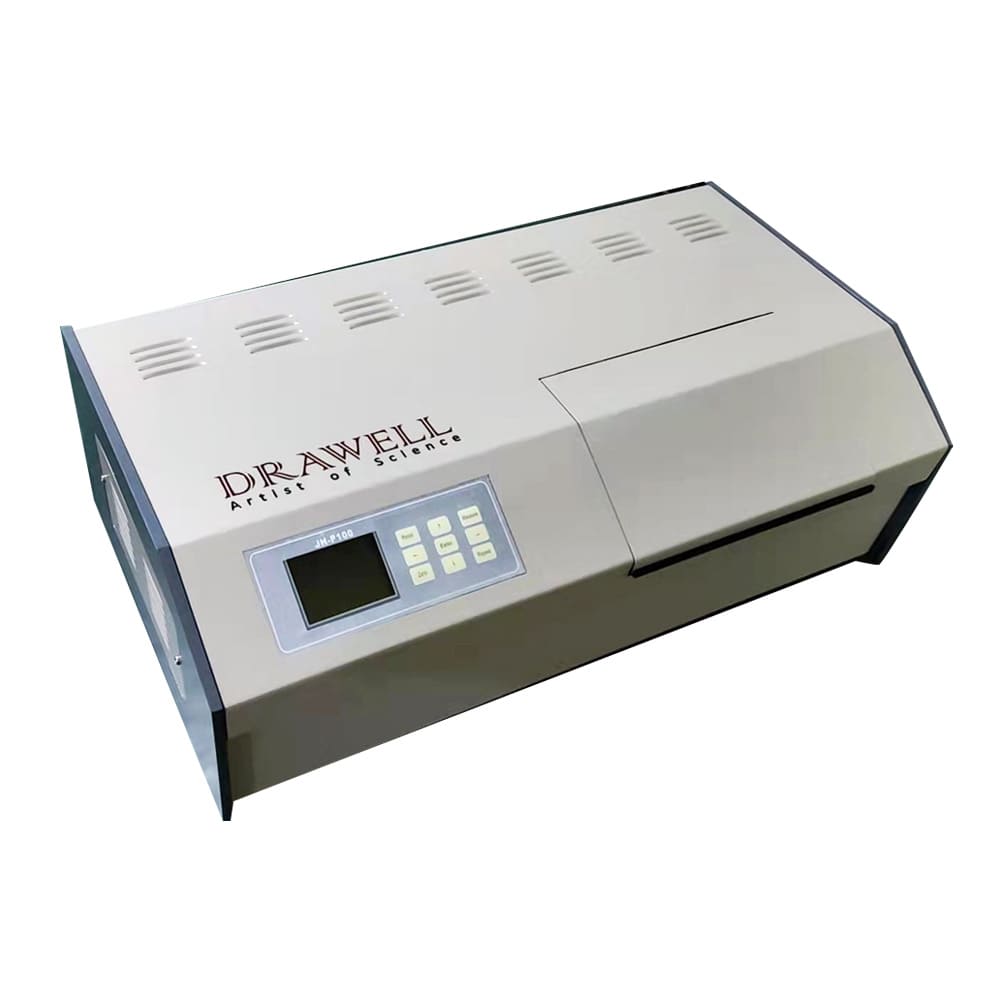
Measurement and Data Analysis of Automatic Polarimeters
Once the polarized light passes through the sample cell and analyzer, it reaches the photodetector, which detects the intensity of the light. This intensity is proportional to the component of the light that aligns with the analyzer’s transmission axis. The automatic polarimeter compares this intensity to the reference intensity obtained without a sample, enabling the determination of the optical rotation angle. By applying calibration factors, the instrument converts the measured intensity difference into the optical rotation value. This data is then displayed or recorded for further analysis, providing valuable insights into the nature of the chiral compound under examination.
Temperature Control of Automatic Polarimeters
To ensure accurate and reliable measurements, some automatic polarimeters incorporate a temperature control system. Chiral compounds often exhibit temperature-dependent optical rotation, making temperature control essential. By maintaining a constant temperature within the sample cell, the instrument minimizes variations in the optical rotation caused by temperature changes, thus improving the precision of the measurements.
Applications and Advantages of Automatic Polarimeters
Automatic polarimeters find applications in a wide range of fields. In the pharmaceutical industry, they play a vital role in assessing the purity and concentration of drugs and determining their specific rotation. In food science, automatic polarimeters are used to analyze sugars, amino acids, and other chiral components present in food products. These instruments offer significant advantages such as high accuracy, quick measurements, and automation, making them indispensable tools in modern analytical laboratories.
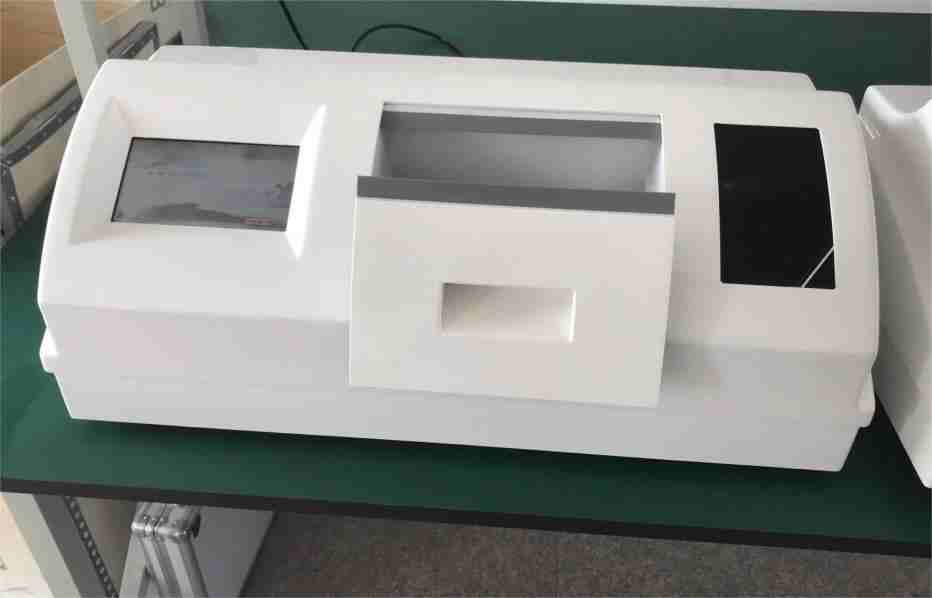
In conclusion, automatic polarimeters operate on the principles of polarized light and the interaction with chiral compounds to measure the optical rotation angle. By employing a series of components, including a light source, polarizer, sample cell, analyzer, and photodetector, these instruments enable accurate and efficient analysis of chiral substances. The data obtained through automatic polarimeters provides valuable insights into concentration, purity, and specific rotation, benefiting fields such as pharmaceuticals, food science, and chemistry. As technology advances, automatic polarimeters continue to play a crucial role in enhancing our understanding of chiral compounds and their applications in diverse scientific disciplines.

